Spatial
Kaiyo Ruthe Sando: Half for You
-
Tauira / Student
Kaiyo Ruthe
-
School
University of Auckland
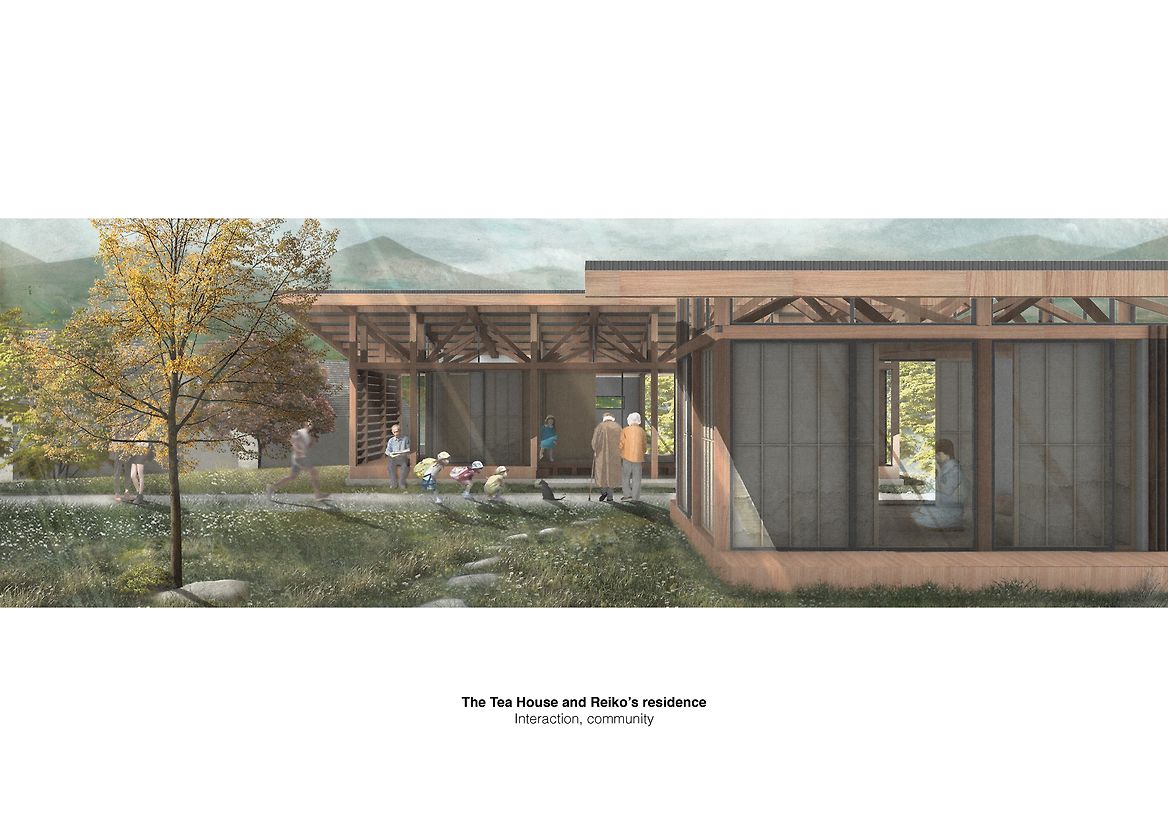
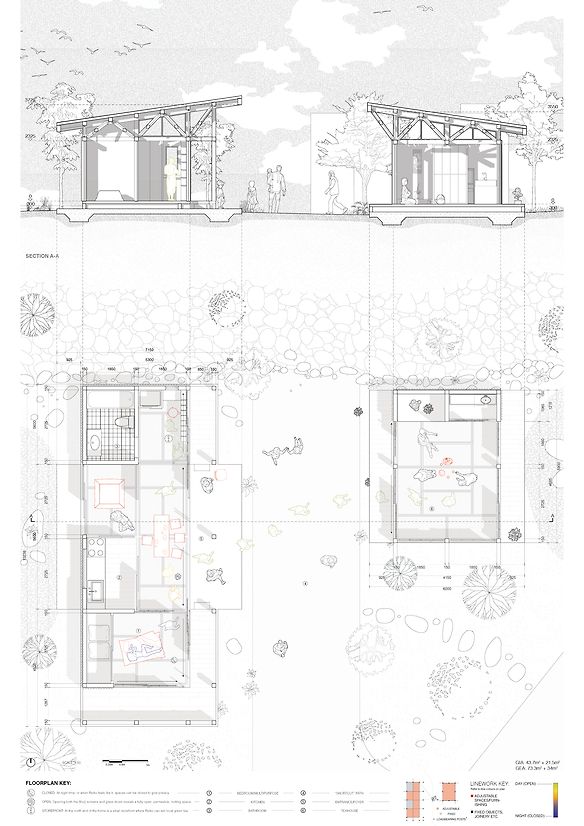
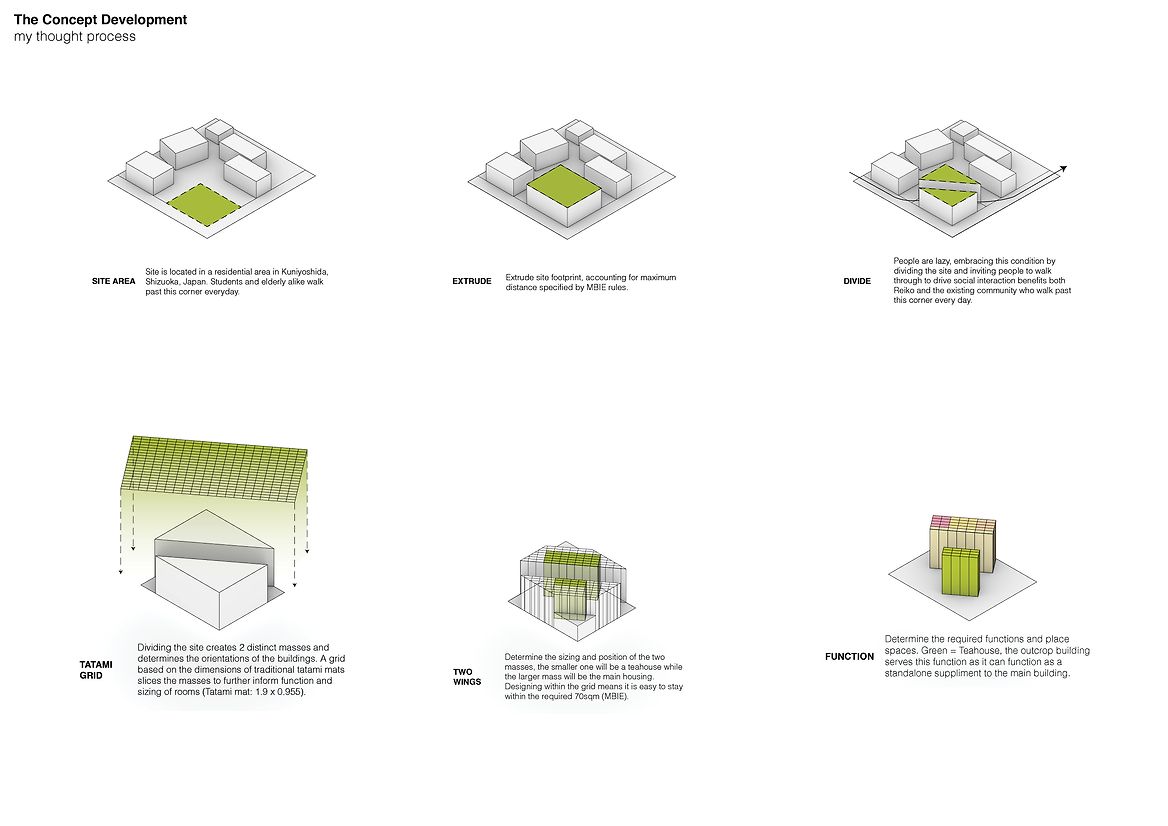
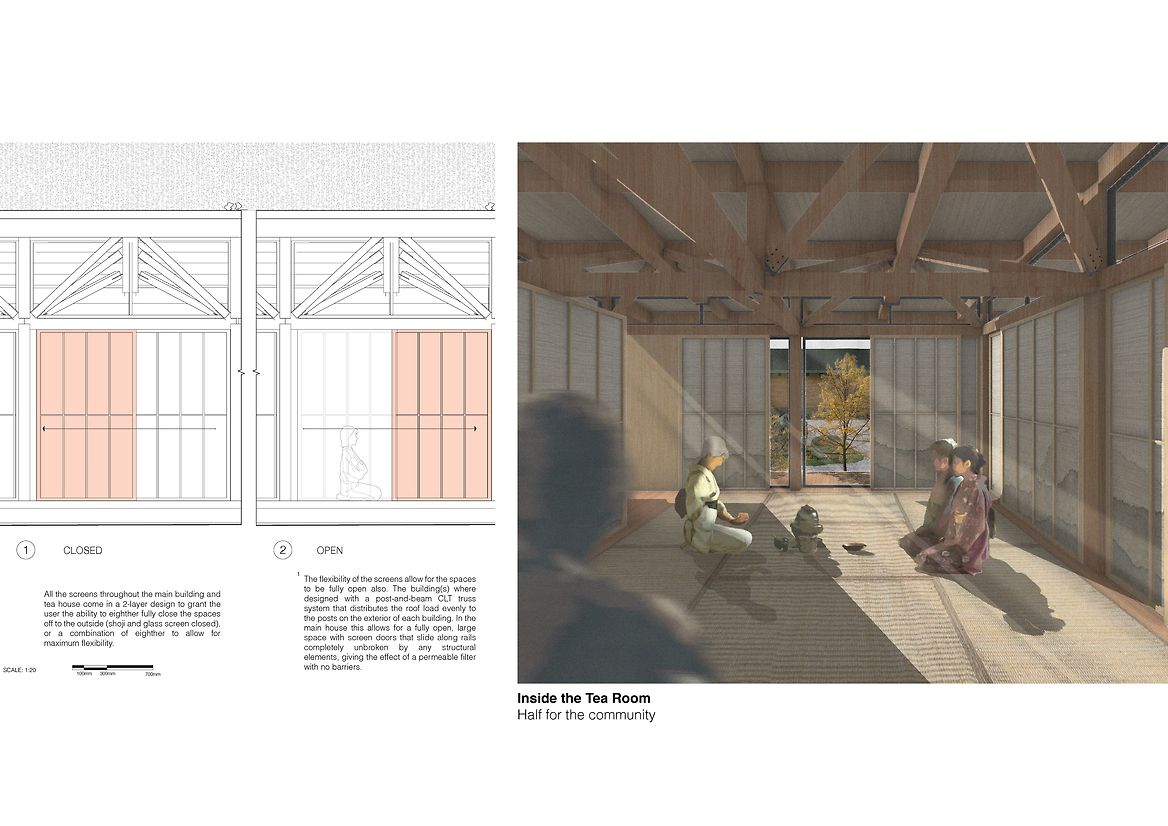
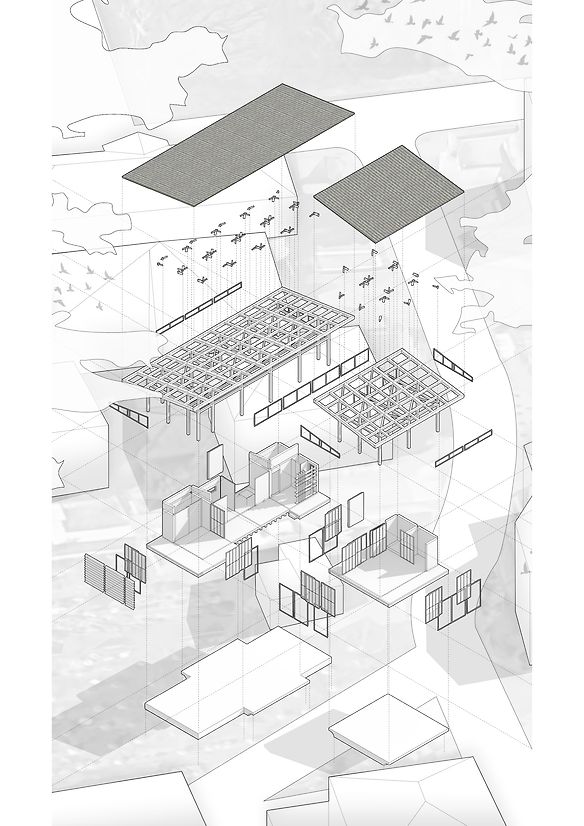
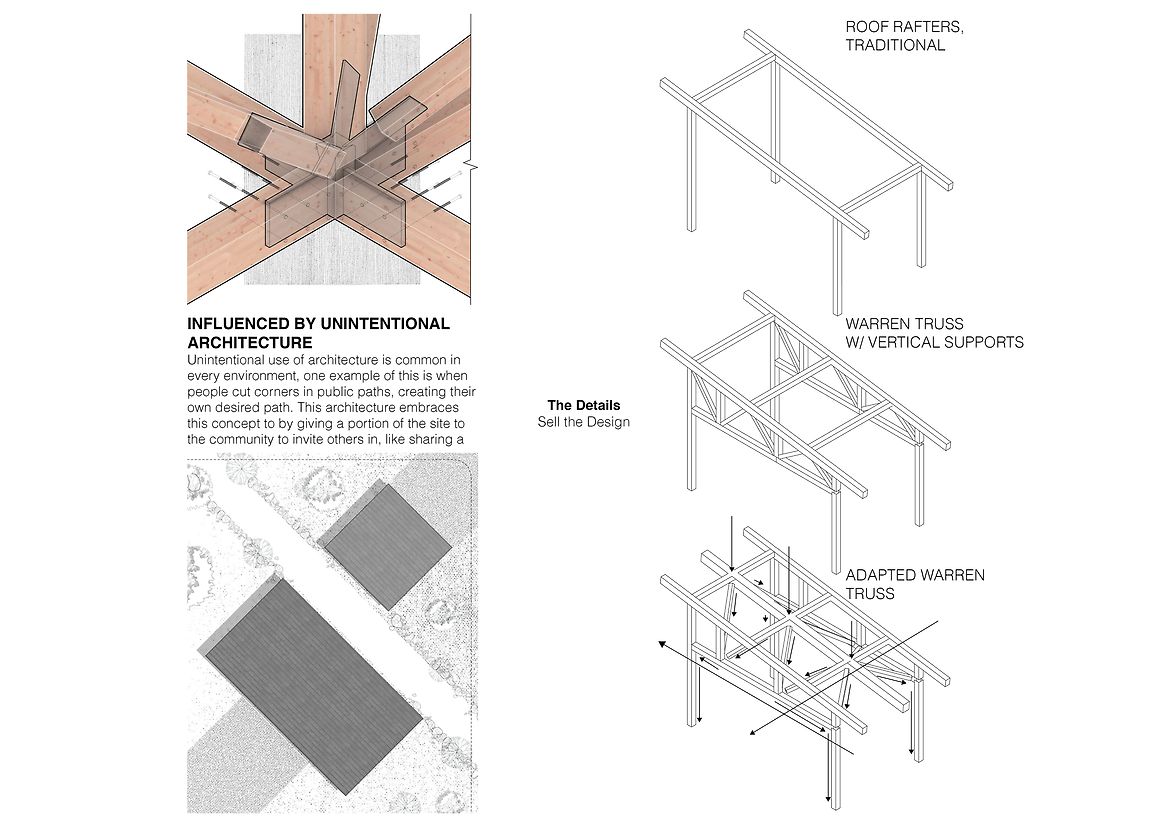
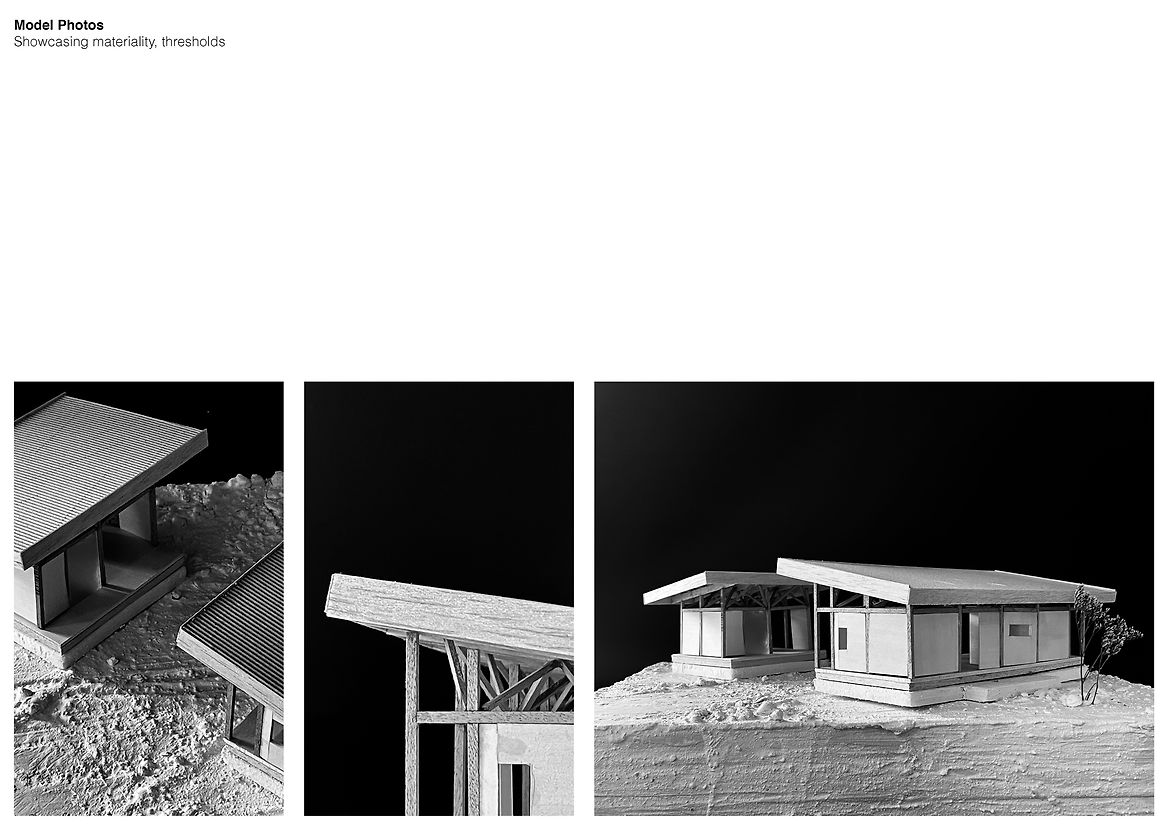
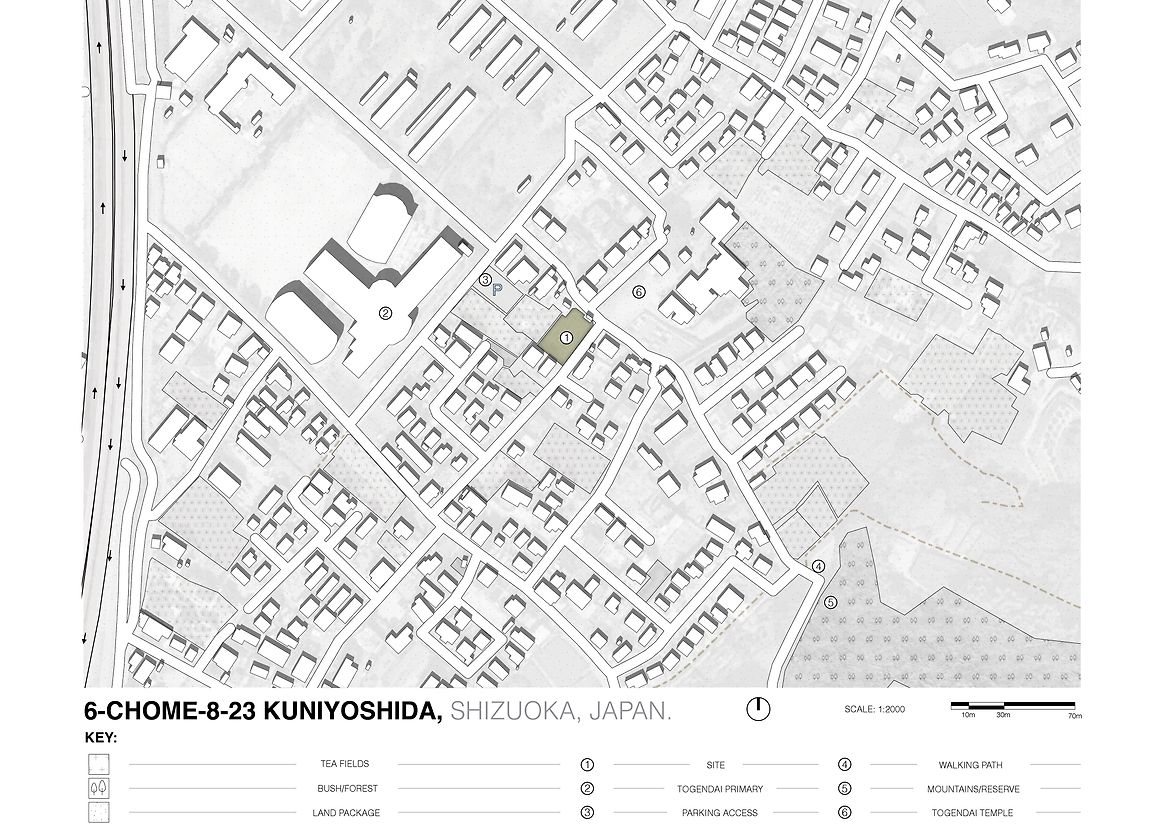
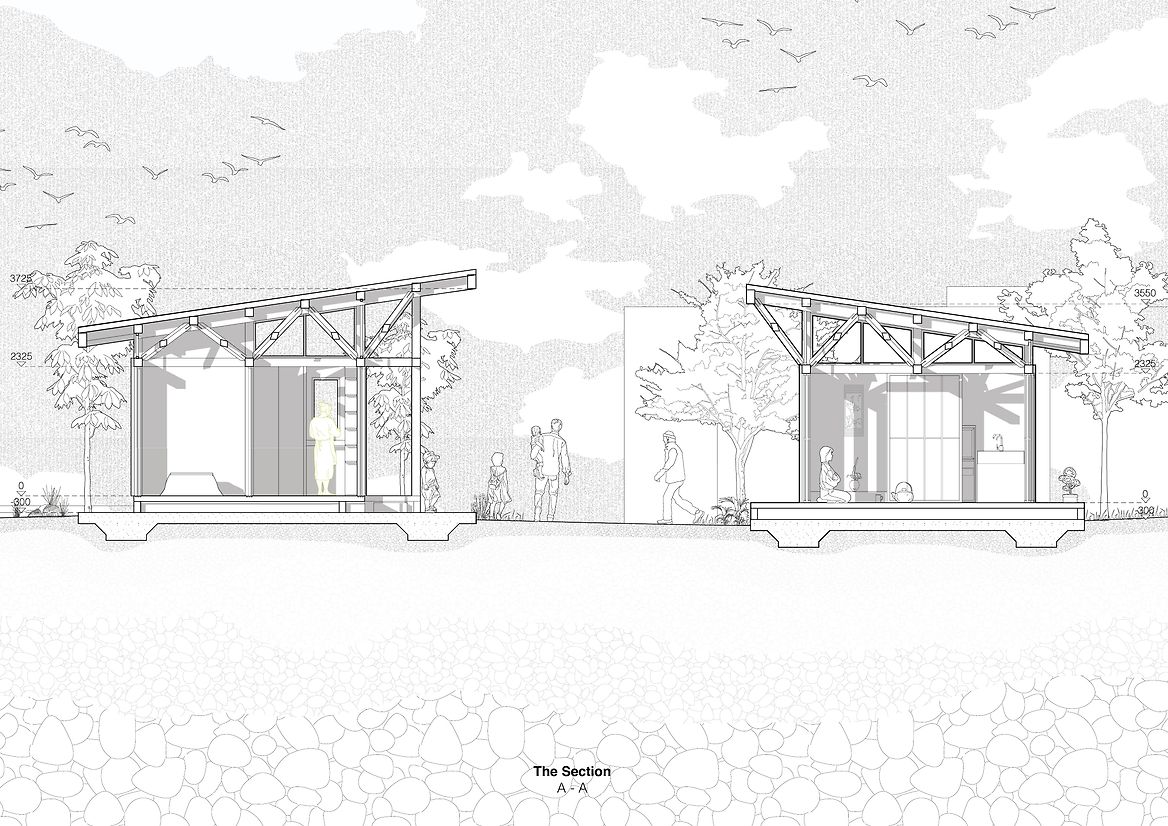
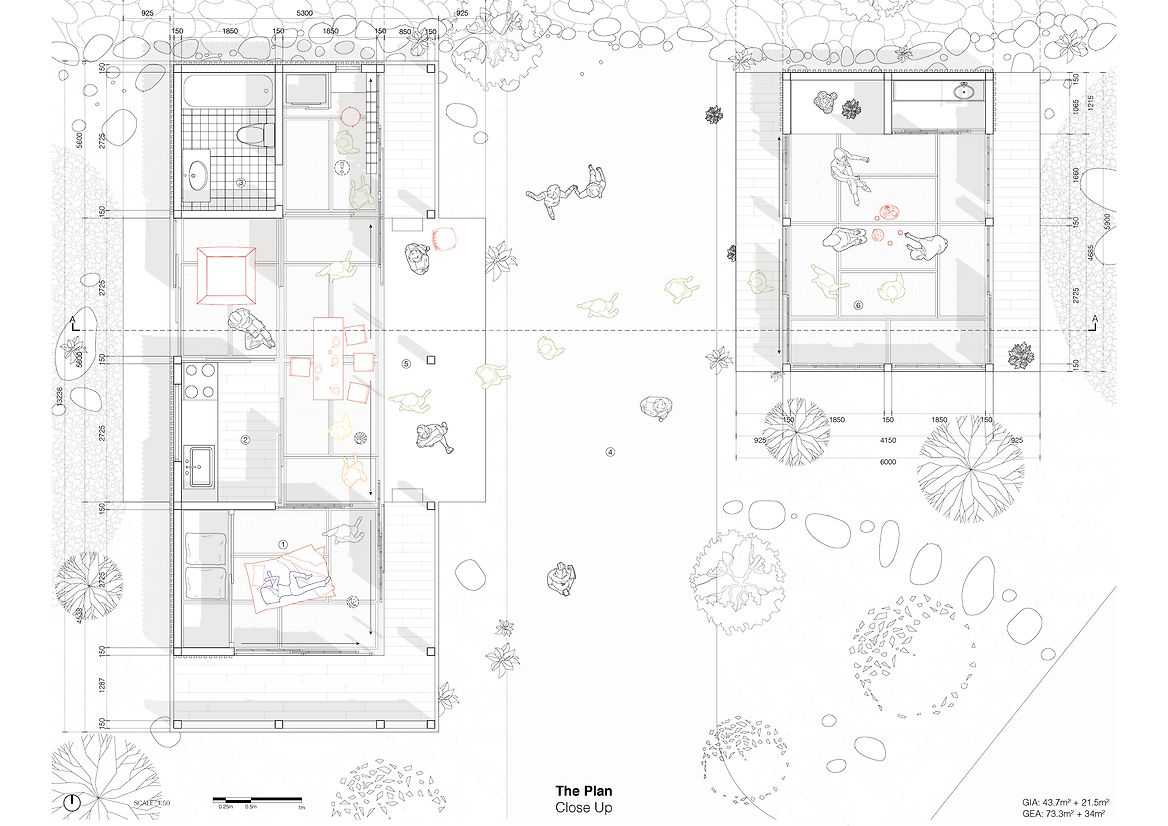
Description:
Japan is currently grappling with a significant increase in elderly loneliness, a phenomenon known as “kodokushi”, or “lonely death,” where people die alone and undiscovered for extended periods. This issue is linked to an aging population, changing family structures, and decreased social interaction. The government is actively seeking solutions, including community programs and support networks, to address this growing problem.
Reiko Shimada, 83, has lived in her Shizuoka neighbourhood her entire life. After raising a family in a large three-storey house just across the road, she now finds herself alone. The home, once filled with children and noise, has become too large and too quiet. Reiko didn’t want to leave her neighbourhood—she just didn’t want to be alone in it. This project, Sando: Half for You, is her new home. But it’s also more than that—it’s a small act of resistance against isolation. The design places two masses on either side of the site: one is Reiko’s private residence, and the other a small public tea house. Cutting diagonally through the site is a shared pathway—an intentional opening that allows passersby to walk through and interact. The site transforms from a private boundary into a shared threshold.
This diagonal path becomes a space of possibility. It invites neighbours to stop, to talk, to share tea. It allows Reiko to see and be seen, without needing to leave her home. As Denise Scott Brown once said: “Architecture can’t force people to connect; it can only plan the crossing points, remove barriers, and make the meeting places useful and attractive.” That sentiment is at the heart of the project.
Drawing from local traditions, the home’s design follows a tatami-mat grid. Cross-laminated timber (CLT) and an adapted Warren truss carry structural loads to the perimeter, freeing the interior from walls and allowing for full flexibility. Shoji screens slide along multiple axes, letting Reiko shift between privacy and openness as needed.
By giving part of her home to the community, Reiko reclaims connection on her own terms.
Judge's comments:
The designer shared a beautiful and deeply personal story, successfully demonstrating in a clear and considered manner how the design responded to their own personal experiences. The resulting project is beautiful, contemplative, and touching. The architectural resolution is clear, and the supporting diagrams and explanations were well produced. Overall, this project was a real standout - one that all the judges connected with. An exceptional result.